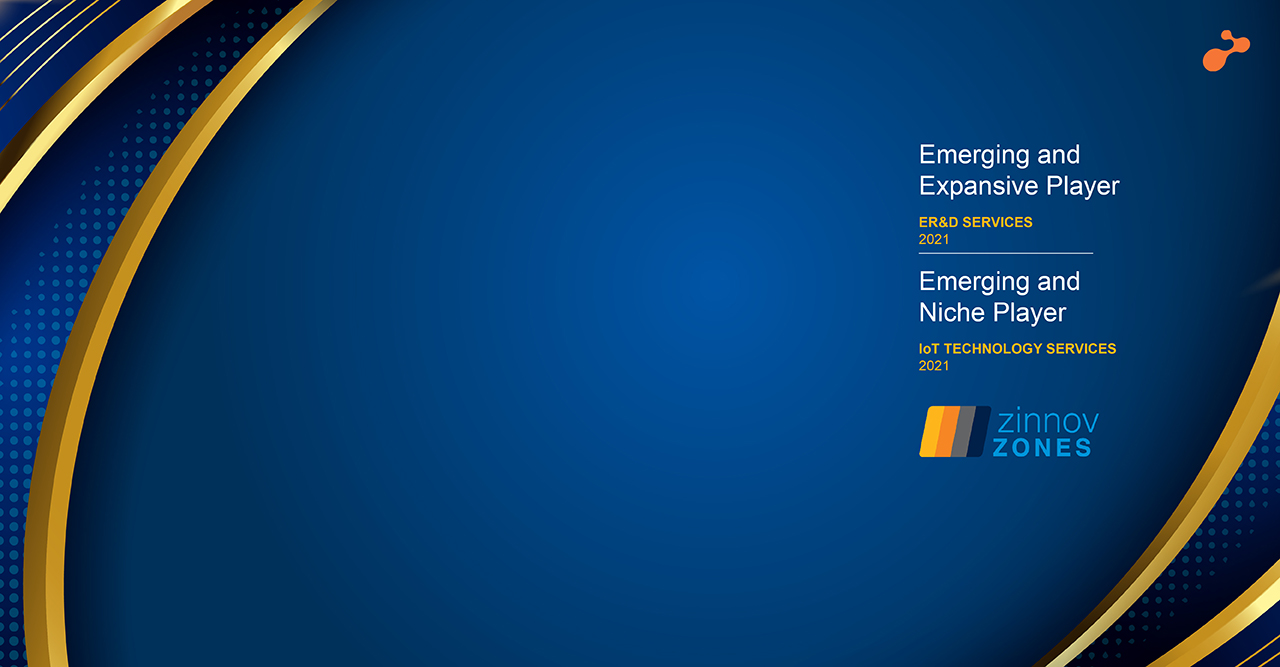Most enterprises have by now realized the value of integrated data. However, managing huge amounts of the same data is not easy and can eat up resources. Maintaining all this information within the source application is neither cost effective nor scalable. Purging the data is also not an option due to both internal and regulatory policies on data retention. In order to effectively manage and analyze the data, enterprises must include data archival as part of their data management lifecycle — Data Archival solution which is scalable, cost-effective, that can easily address the data storage, management, and analytics needs.
An archival solution is a great first step if the solution that archives all transactional and communication data, master and reference data as well as metadata in one central location for easy search, eDiscovery, and exporting is ideal.
The key factors that demand of modern data archival:
- Volume: The amount of data that needs to be stored and retained is growing exponentially
- Variety: Different types of data formats (like video, audio, images, weblogs) need to be stored, in addition to traditional structured data
- Scalability: The maintenance of data should be easily scalable and cost-effective
- Compliance: The archived data needs to be maintained for different time frames as mandated by different regulatory, legal, and business policies
- Retrieval: The stored data should be easily and swiftly retrievable
- Integration: The data stored should be easily available for business analytics integration
Let’s explore data lake archiving- the stage of inquiry where most enterprises spend significant time.



.jpg)





.jpg)
